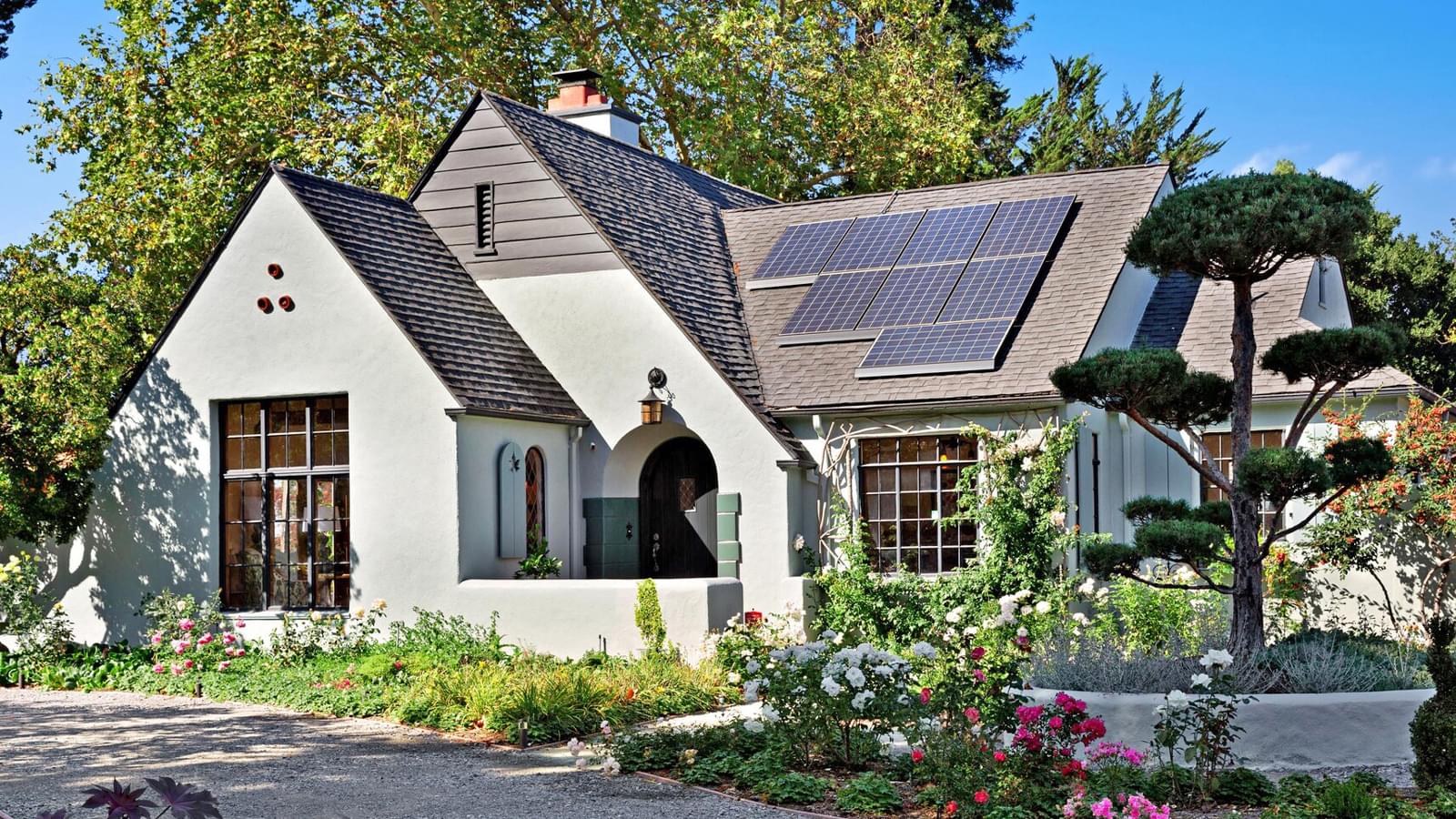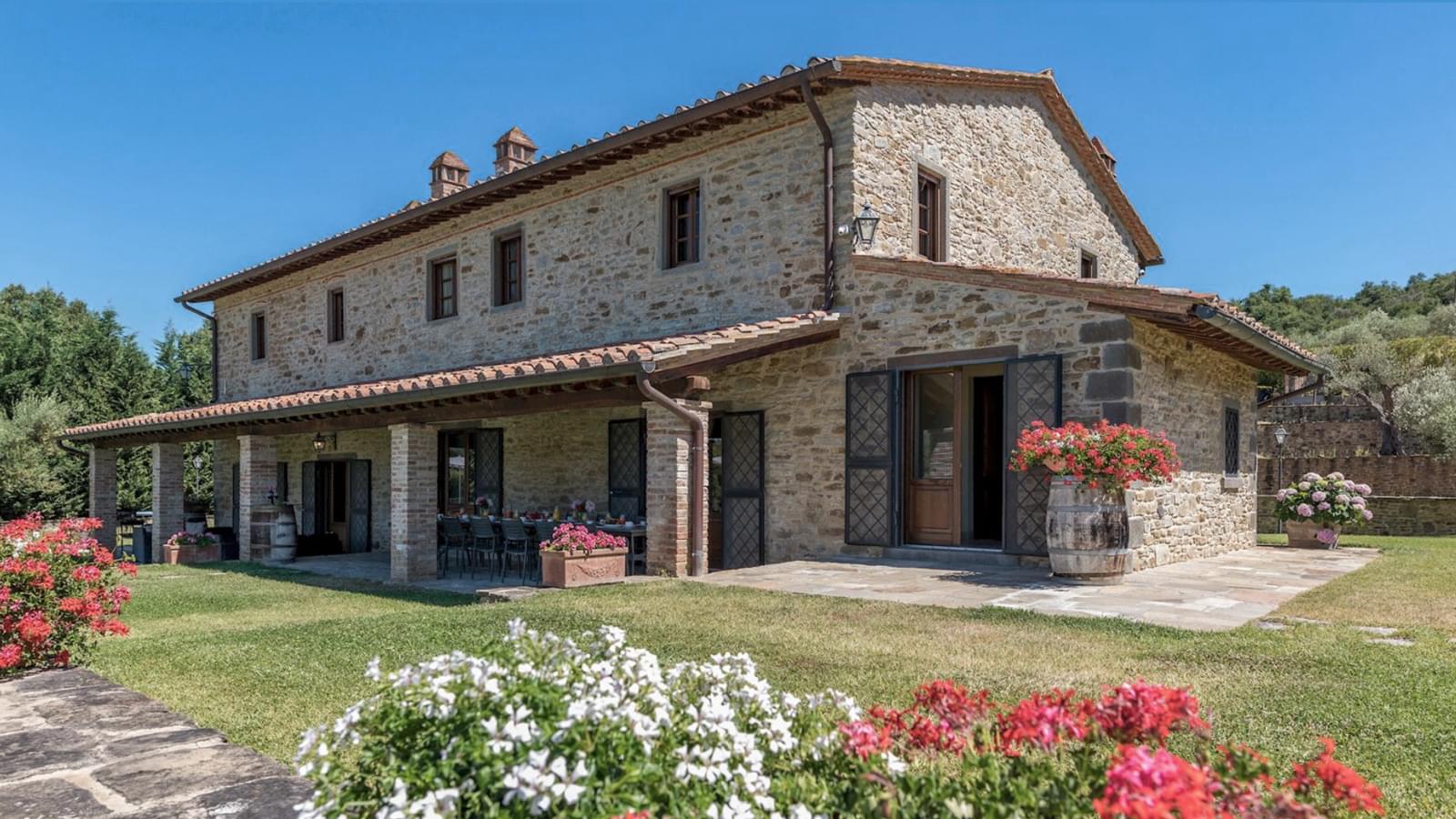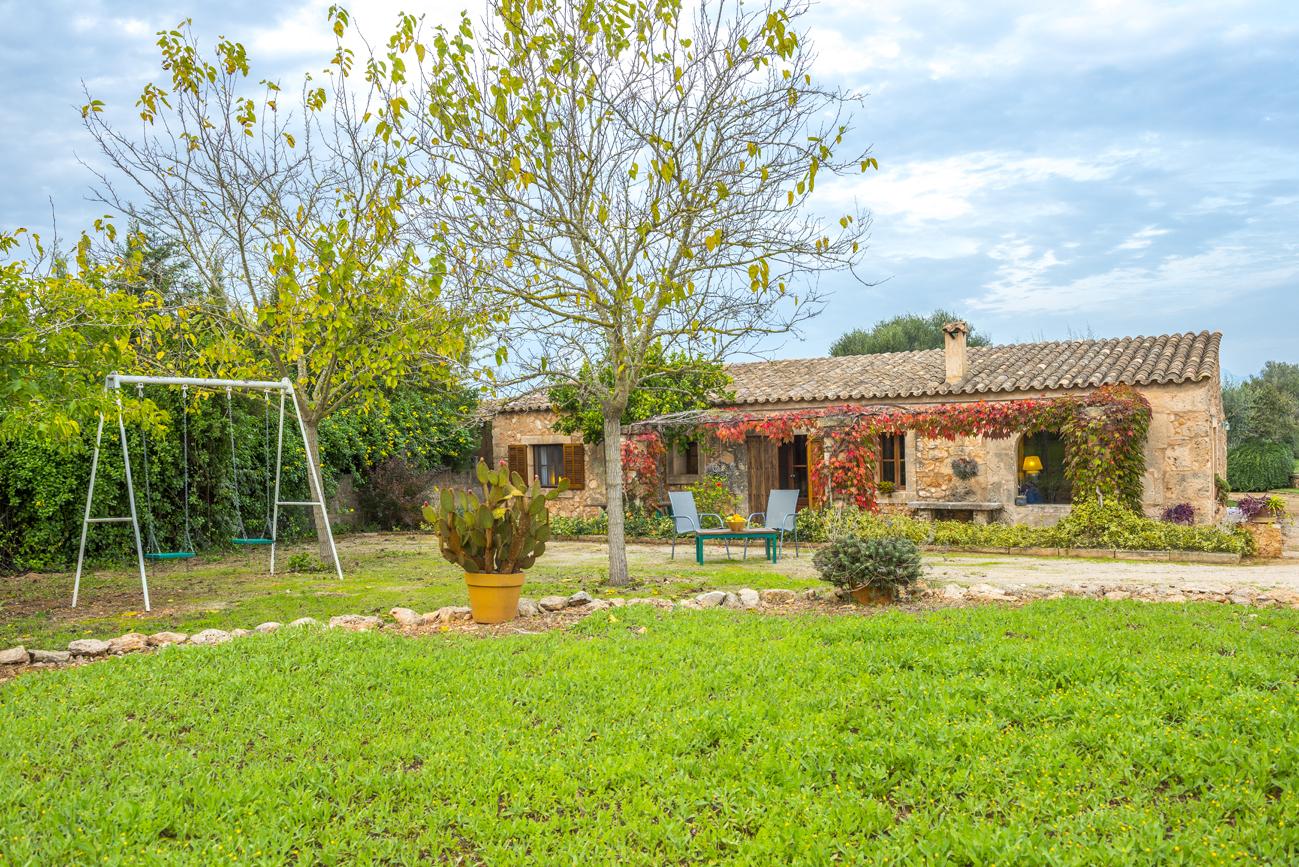Spain Vacation Rentals
Explore 7600+ rental homes and villas in Spain for your next vacation or business travel. With private vacation home rentals, enjoy a more personalized stay and a wide range of home amenities.
Types of vacation rentals in Spain
Where to stay in Spain
Booking a vacation rental in Spain?
Here are some things to know to support your visit:
Spain Overview
Immerse yourself in the vibrant allure of Spain, a destination that seamlessly weaves together a tapestry of cultural opulence and natural splendor. Imagine waking up in your own private haven, a charming villa or a contemporary home that offers not just privacy and comfort but also the joy of a sun-kissed swimming pool, perfect for those leisurely afternoons. Many of these homes are pet-friendly, ensuring that your beloved companions can join in on the adventure.
Envision strolling along the pristine beaches of the Costa del Sol, where the golden sands stretch out to meet the azure embrace of the Mediterranean. The Balearic Islands beckon with their translucent waters, while the Canary Islands promise an eternal spring climate, ideal for any season's escape.
Spain's cities are a canvas of historical grandeur and avant-garde artistry. In Madrid, lose yourself in the corridors of the Prado Museum, housing masterpieces that span centuries, or wander through the opulent halls of the Royal Palace. Barcelona's skyline is punctuated by the whimsical spires of Antoni Gaudí's Sagrada Familia, a testament to the city's architectural innovation, while Park Güell offers a mosaic of artistic brilliance.
Culinary aficionados will revel in the regional delicacies that make Spain a gastronomic paradise. Savor the authentic flavors of Valencia's paella, indulge in the variety of tapas that are the pride of Andalusia, and toast to your journey with a glass of exquisite wine from the renowned vineyards of La Rioja or Ribera del Duero.
History buffs will be enchanted by the Alhambra's intricate Moorish artistry in Granada, the enduring Roman aqueduct in Segovia, and the soaring Gothic cathedrals of Toledo and Seville, each narrating tales of Spain's multifaceted heritage.
Festivals in Spain are a kaleidoscope of exuberance and tradition. From the adrenaline-fueled Running of the Bulls in Pamplona to the tomato-tinted revelry of La Tomatina in Buñol, and Seville's flamboyant Feria de Abril, these celebrations are a feast for the senses.
For the active traveler, Spain's diverse landscapes offer endless opportunities. Trek the revered Camino de Santiago, or catch the wind surfing off the shores of the Canary Islands. Each experience is a chance to connect with the country's natural beauty and storied past.
Spain is more than a destination; it's a journey of the senses, a place where every moment is steeped in discovery, relaxation, and the pure joy of life. With a private home as your sanctuary, Spain invites you to indulge in an experience that is both intimate and grand, leaving you with memories that will linger long after your footprints have faded from its sandy shores.
Cultural Attractions in Spain
Spain is a cultural mosaic that offers an abundance of experiences for those who revel in the arts, history, and local customs. With its vibrant live music scene, world-renowned museums, and art galleries, Spain is a haven for cultural enthusiasts.
Begin your journey in Madrid, the heart of Spanish culture, where the Prado Museum beckons with its walls lined with masterpieces by Velázquez, Goya, and El Greco. Not far from the Prado, the Reina Sofia Museum showcases Spain's modern artistic contributions, including Picasso's powerful "Guernica." For a contemporary art fix, the Thyssen-Bornemisza Museum offers an eclectic collection ranging from the Renaissance to Pop Art.
Madrid's live music scene is equally impressive, with flamenco tablaos like Casa Patas offering authentic performances that stir the soul. For classical music lovers, the Teatro Real is a prestigious venue for opera, while the National Auditorium hosts symphony concerts.
Venture to Barcelona, where the whimsical architecture of Antoni Gaudí provides a visual feast. The Sagrada Familia and Park Güell are masterpieces that blend art with spirituality. The Picasso Museum and the Fundació Joan Miró celebrate the lives and works of these iconic artists, while the Palau de la Música Catalana is a stunning concert hall that showcases a range of live music performances.
In Granada, the Alhambra stands as a testament to Spain's Moorish past, with its intricate carvings and serene gardens. The city's flamenco scene is vibrant, with the Sacromonte caves offering an intimate setting for passionate performances.
Seville is the heart of Andalusian culture, where the historic Barrio de Santa Cruz and the majestic Seville Cathedral tell the stories of centuries past. The Museo de Bellas Artes houses a fine collection of Spanish art, and the city's flamenco heritage can be experienced in the Triana neighborhood.
For a unique cultural experience, visit Valencia during the Las Fallas festival, where the streets come alive with giant sculptures and fireworks. The City of Arts and Sciences is a futuristic complex that includes an opera house and an interactive science museum.
Throughout Spain, local customs are celebrated with fervor. From the running of the bulls in Pamplona to the Tomatina in Buñol, Spain's festivals are a colorful display of tradition and community spirit.
Every region of Spain offers a distinct flavor of culture, from the Celtic influences in Galicia to the Moorish heritage in Andalusia. With its rich tapestry of history, art, and music, Spain is a destination that promises to enrich and inspire any cultural traveler.
Family friendly activities in Spain
Spain is a treasure trove of experiences for families traveling with children, offering a delightful mix of cultural heritage, outdoor adventures, and engaging attractions that cater to the curiosity and energy of young minds.
Begin your Spanish adventure at one of the many theme parks, such as PortAventura World near Barcelona, which boasts thrilling rides, shows, and a water park, making it an ideal spot for family fun. For a magical experience, the Warner Bros Park in Madrid offers a chance to meet beloved cartoon characters and superheroes.
Aquariums and zoos are plentiful in Spain, with highlights including L'Oceanogràfic in Valencia, one of Europe's largest aquariums, where kids can marvel at sharks, dolphins, and belugas. The Bioparc in Valencia and the Zoo Aquarium in Madrid also provide close encounters with exotic wildlife in environments that replicate their natural habitats.
Interactive science museums like the City of Arts and Sciences in Valencia and CosmoCaixa in Barcelona offer hands-on exhibits that make learning about the universe and natural world an exciting adventure for children.
For a taste of history and culture, take a family-friendly tour of the Alhambra in Granada, where the intricate palaces and lush gardens are like stepping into a fairy tale. In Seville, the Isla Mágica theme park combines the thrill of rides with the charm of 16th-century Spanish exploration.
Outdoor enthusiasts will find plenty to do in Spain's diverse landscapes. The beaches of the Costa del Sol and the Canary Islands are perfect for sandcastle building and water sports. In the north, the Picos de Europa National Park offers cable car rides that provide stunning mountain views, while the Pyrenees are great for hiking and spotting wildlife.
Spain's culinary scene is also a delight for kids, with tapas allowing them to try small portions of different dishes. Churros with chocolate are a sweet treat that can't be missed, and many restaurants are family-friendly, with menus catered to younger palates.
Cultural festivals, such as La Mercè in Barcelona and the Feria de Abril in Seville, are vibrant and colorful events where children can watch parades, fireworks, and traditional dances.
In Spain, every day can be a new discovery, from puppet shows in Madrid's Retiro Park to exploring the caves of Nerja. With its warm hospitality and endless activities, Spain is a destination that promises joy and excitement for children and cherished memories for the whole family.
Outdoor activities in Spain
Spain, with its diverse landscapes and rich natural beauty, is a paradise for outdoor enthusiasts and nature lovers. From the rugged cliffs of the northern coast to the sun-soaked beaches of the south, Spain offers a wealth of natural wonders and outdoor activities that cater to all tastes and levels of adventure.
The Picos de Europa National Park, located in the Cantabrian Mountains, is a haven for hikers, climbers, and wildlife watchers. Its dramatic limestone peaks, deep gorges, and lush valleys are home to an array of flora and fauna, including the rare Cantabrian brown bear and Iberian wolves. The park's network of trails ranges from easy walks to challenging climbs, offering breathtaking views at every turn.
For those drawn to the allure of the sea, the Costa Brava and Costa del Sol provide stunning coastal scenery and a multitude of water sports. Snorkeling and diving in the clear Mediterranean waters reveal a colorful underwater world, while kayaking along the rugged coastline allows for exploration of secluded coves and beaches.
Spain's central plateau, or Meseta, offers a different kind of beauty with its vast open spaces and historic windmills. Here, birdwatching is particularly rewarding, with the opportunity to spot imperial eagles and black vultures soaring above the plains.
In the south, Andalusia's Sierra Nevada National Park boasts the highest peak in mainland Spain, Mulhacén. This region is a year-round destination, with skiing and snowboarding in the winter, and mountaineering, cycling, and horseback riding during the warmer months. The park's diverse ecosystems, from snow-capped mountains to Mediterranean forests, make it a hotspot for nature lovers.
The Canary Islands, with their volcanic origins, offer a unique natural environment. Tenerife's Teide National Park is home to Mount Teide, Spain's tallest mountain and an active volcano. The lunar landscapes and unique plant species found here are unlike anywhere else in Spain. Hiking trails lead through ancient lava flows and offer panoramic views of the archipelago.
For a truly remote wilderness experience, the Pyrenees mountains bordering France provide a rugged backdrop for outdoor pursuits. The Ordesa y Monte Perdido National Park, with its towering cliffs, cascading waterfalls, and glacial valleys, is a UNESCO World Heritage site and a mecca for trekkers and nature enthusiasts.
Spain's natural wonders are complemented by a climate that encourages year-round outdoor activities. Whether seeking the thrill of adventure or the tranquility of nature, Spain's landscapes offer an unforgettable experience for every outdoor lover.
Weather in Spain
Spain offers a diverse climate that varies significantly from region to region, making it a year-round destination for travelers seeking everything from sun-soaked beaches to snow-capped mountains.
In general, Spain experiences a Mediterranean climate, with hot, dry summers and mild, wet winters along its coast. The interior of Spain has a continental climate with more extreme temperature differences, and the north has an oceanic climate, with cooler temperatures and higher rainfall.
Summer (June to August) in Spain is typically hot, especially in the southern regions like Andalusia, where temperatures can soar above 35°C (95°F). Coastal areas are slightly cooler due to sea breezes. Humidity is usually low, but it can feel more intense in coastal cities. This is the peak tourist season, especially on the Mediterranean coast and the Balearic Islands, where travelers flock to enjoy the sunshine and warm sea temperatures.
Autumn (September to November) sees temperatures gradually cooling, making it a pleasant time to visit. The crowds begin to thin out, and the heat becomes less intense, with average temperatures ranging from 20°C to 25°C (68°F to 77°F). Rainfall increases, particularly in the north and northwest, but it's still a great time to explore the country's cultural offerings without the summer heat.
Winter (December to February) can be quite mild along the coast and in the south, with temperatures rarely falling below 10°C (50°F). However, the interior and the northern regions can be quite cold, with temperatures often dropping below freezing, and snow is common in the mountainous areas. This season is ideal for skiing in the Pyrenees or Sierra Nevada.
Spring (March to May) is one of the most beautiful times to visit Spain. The weather is generally mild, with temperatures ranging from 15°C to 20°C (59°F to 68°F). Rainfall is moderate, and the countryside is lush and green. This is an excellent time for festivals, such as the famous Semana Santa (Holy Week) processions and the Feria de Abril in Seville.
The most popular and pleasant weather conditions are typically found in late spring (May) and early autumn (September to October), when temperatures are comfortable, and the tourist crowds are smaller. These months offer the perfect balance for enjoying both the cultural experiences of Spain's cities and the natural beauty of its coast and countryside.
Transportation in Spain
Spain, a country rich in history, culture, and natural beauty, offers a comprehensive transportation network that caters to the needs of travelers. Whether arriving by air, land, or sea, visitors will find a variety of options to explore this vibrant destination.
Most international visitors arrive in Spain by air, with major airports like Madrid-Barajas Adolfo Suárez Airport in Madrid and Barcelona-El Prat Airport in Barcelona serving as primary gateways. These airports are well-connected to cities across Europe and the world. For intercontinental travelers, Madrid is often the main hub, while Barcelona is a key entry point for European flights.
Spain's high-speed train network, the AVE, provides a swift and scenic journey between major cities such as Madrid, Barcelona, Seville, and Valencia. The extensive rail network also includes regional trains that connect smaller towns and cities. For those arriving from neighboring countries, international trains and long-distance buses are available.
Once in Spain, the transportation options are diverse and efficient. In major cities, public transit systems, including metros, trams, and buses, offer convenient ways to navigate the urban landscape. Madrid and Barcelona, in particular, boast extensive metro systems that are tourist-friendly and cover most areas of interest.
For more personalized travel within cities or for day trips to the countryside, car rentals are widely available. Spain's road network is well-maintained, making self-driving a viable option for those who prefer flexibility. Ride-sharing services and taxis are also readily accessible in urban areas.
Cycling is popular in cities like Barcelona, which has a bike-sharing program and dedicated bike lanes. For those who enjoy exploring on two wheels, this can be a pleasant way to see the sights.
Spain's cities vary in terms of walkability. Historic centers like those in Madrid, Barcelona, Seville, and Granada are best explored on foot, allowing visitors to appreciate the architecture, stop at cafes, and enjoy the lively street atmosphere. However, for longer distances or when visiting attractions outside the city center, using public transport or a car is recommended.
In summary, Spain offers a transportation system that is both comprehensive and tourist-friendly. Whether you're looking to explore the bustling streets of Madrid, the beaches of the Costa del Sol, or the rolling hills of the Spanish countryside, you'll find an array of options to suit your travel style. With its mix of modern infrastructure and walkable historic centers, Spain is a destination that is both accessible and inviting.











